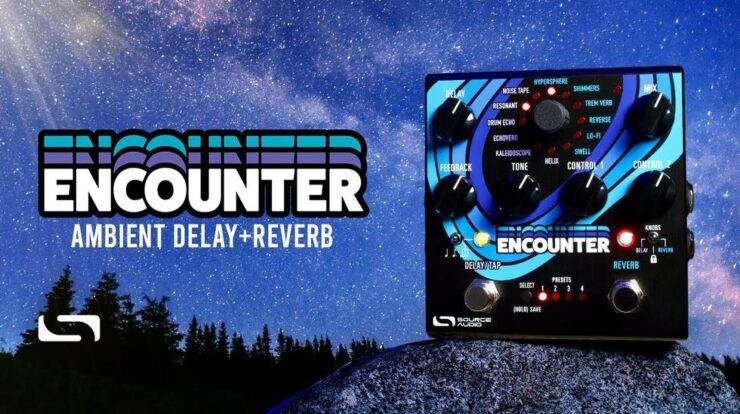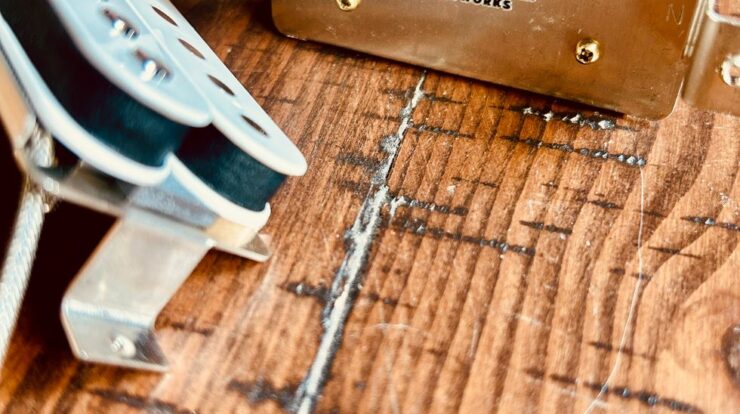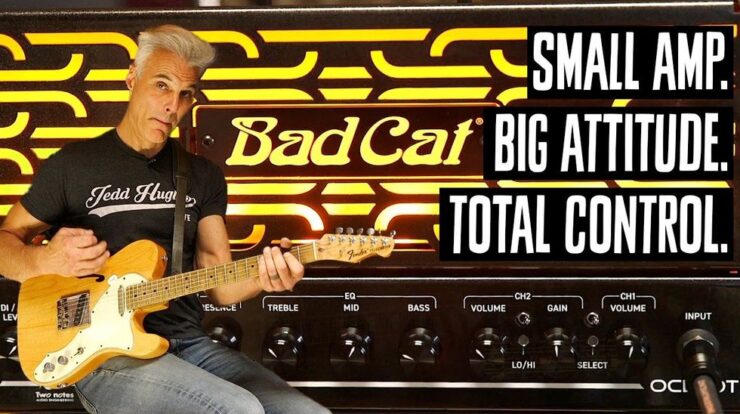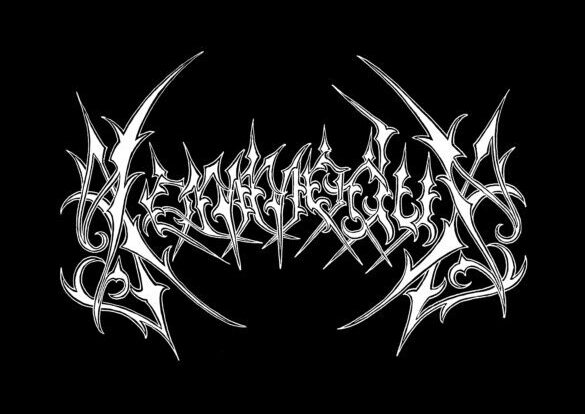
Since the release of their first demo back in 2017, I have remained in contact with Lepidus Plague, the unstoppable force behind the Australian black metal act, Kommodus. Our conversations have been published numerous times on this very website.
With the release of his magnum opus—the double album epic A Foetal Wolf in Stained Glass—Kommodus’ place in the annals of black metal history is carved in stone. I reached out to the Australian lone wolf, who has now perfected his signature style of heavy metal attitude, hardcore violence and black metal ferocity, for a deeper look into this monumental work.
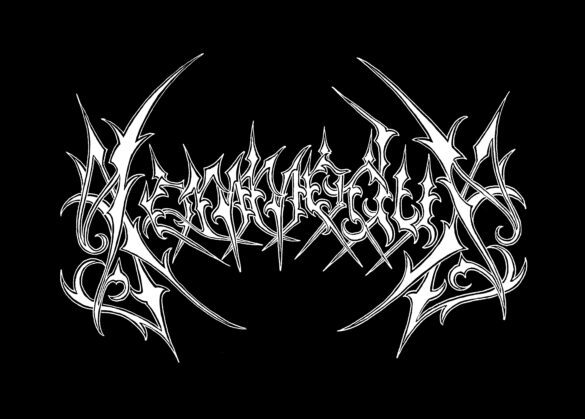
Before you started making true progress on your latest album, back when you were still ruminating on it, what was A Foetal Wolf in Stained Glass going to be? What was it to you back then?
My initial idea and what was ultimately produced are totally different, which isn’t what usually happens. In the past I’ve had pretty direct, clear, ideas of what I wanted the total package to be but as time has gone one, I’ve become looser with the process. My first ruminations were to make a ‘live sounding’ record that was very rhythm-section heavy, I was revisiting the Motorhead discography and a lot NWOBHM at the time. But in the end this album became the most ‘produced’ hi-fi sounding one yet, so… Though one might still be able to catch moments of this influence on the release. The album prior, Wreath of Bleeding Snowfall, was a loose concept album. I knew I didn’t want to do that again here, but return to normal with multiple ideas, themes, etc. I also bought myself a copy of the Ace Frehley triple humbucker signature Les Paul last year, and just staring at that in the corner of my room made me want to write riffs.
Who is Foetal Wolf… for?
Myself, after Wreath of Bleeding Snowfall and the subsequent two splits I feel I had gotten into a good rhythm and routine of writing and recording and there was still gas in the tank. There’s still songs I want to write, ultimately.
What’s the timeline for writing this album, from start to finish? How did it begin? What marked its conclusion?
The album riffs were compiled between June and September 2024 and then recording began in October and was carried out incrementally until early 2025. The process felt fairly fluid and well-paced compared to more chaotic and protracted experiences with prior releases. The conclusion was uploading it online and sending the masters and art files off to the label.
When and how did you come up with the idea for the album cover, and decide to feature yourself, once again, for the first time since the From the Ashes of Empire demo?
I had the idea for a photo for a long time, and was lucky enough to be able to make it happen. There’s a lyric on the album, describing ‘fire’ as a ‘phoencian womb’ which ties into the album title, so we have the new beginning, the rebirth. Conceptually, the wolf died in album two, and now here’s the next foetal wolf, like a phoenix. -That’s one of the more obvious connections. I feel like the photo covers are more impactful in way, and yeah just wanted to keep it interesting and do break the cycle of constant painted artworks. Though it’s interesting now you mention it that both From the Ashes and the new record have flames on the covers – this hasn’t occurred to me until now.
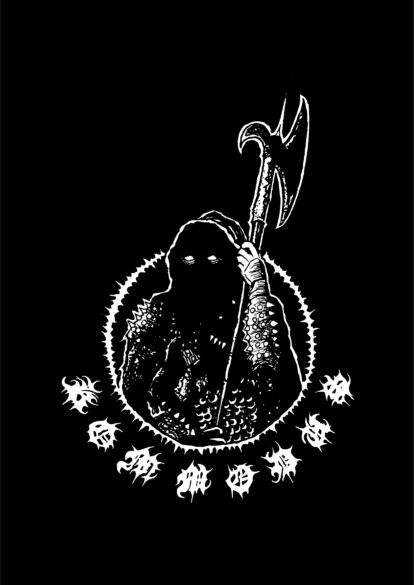
Where did you go to record A Foetal Wolf…?
This album was recorded in the same space I’ve always used. The experience felt pretty streamlined despite it being a double album, for the most part I went in each day with a pretty clear agenda and bashed it out. Not to mention I suppose we get better at these processes the more we do them.
You describe how the earliest ideas were about making the album ‘live-sounding’ but instead it came out being your most hi-fi recording to date. Can you tell us how that happened? What decisions were made along the way that increased the recording’s fidelity?
The process kind of happened organically, I think in the past too there’s been a certain safety in lo-fi production – nuances get obscured, details lost in a swamp of hiss and compression. This is of course part of the charm but I felt it was time to release something clearer – plus I suppose with having a lengthy discography it’s good to have points of distinction and experimentation – both to maintain my own interest / enthusiasm and ostensibly that of the listener. With the previous albums, initial tracking would be done with tape machines, then overdubs and vocals would be done digitally, then the mixes ran back through a tape machine. But the analogue elements have been phased out and now the session begins and ends in the studio, so there’s less variables and more ability to craft and perfect the chosen sound. There’s also less layers on this record, which allow for parts of the music to be more dynamic and breathe, which I think helps everything sound less like a wall of fuzzy noise.
So you’re no longer recording on tape? I can imagine that’s a pretty freeing feeling. Recording to tape sucks! But so many artists feel obligated to do it. What do you think about all that in regards to your own work?
Well I have never recorded exclusively to tape, in the demo era it was drums and rhythm tracks on the tape machine then vocals and lead parts digitally in the studio, and then with each release it became less tape machine and more studio, until we went sans the tape all together. I definitely think it’s cool but it suits stripped back primitive recording, Kommodus is a bit too expansive now. That being said, it could always be fun to regress and try and record again with the limitations. I don’t really have much thoughts about the process either way, the trajectory of becoming increasingly hi-fi only seems organic and more or less common. I’ve recorded in the same basement studio for years, very utilitarian, but it suits the project. Every recording session is like go and in and smash it out, there’s never been much tone hunting, or long conversations about production or anything, which would probably be beneficial but we’re on a shoestring.

What about having such a large cast of guest musicians, how did you handle organizing all of that?
I’ve always done this to a degree, but I’ll stagger it out – so overseas friends will send stems early on, and then local friends might visit the studio as I’m tracking. Keeps it interesting for me and helps gives certain songs and releases more of their own individual sound with specific collaborations.
You’ve mentioned before that you’d rather look forward than back when it comes to your creativity and output. What happens when you look back at your earliest works? You really have such a consistent quality in your output. I feel like you found your style by the first release and have only been refining it.
There’s of course plenty I would change and that I don’t resonate with now – but this is the nature of creating anything. There’s elements and riffs and what not that I still think are really strong from the demo era too however, but mainly I just think things like ‘I really didn’t know what I was doing there with that solo’, or bass line, lyrics, etc. Composition wise most of the key elements of Kommodus music was there from day one, martial-sounding somber brass interludes, fast scale solos, mid tempo stompy riffs, feral vocals, etc.
Which work of yours do you think is the least like the others?
Either the very first demo, because it was so early and this incarnation was finding its feet, or the single song off ‘Poison and Perseverance’ – because I tracked it lower tuning, so sonically it sounds distinct when compared to the rest of the Kommodus song.
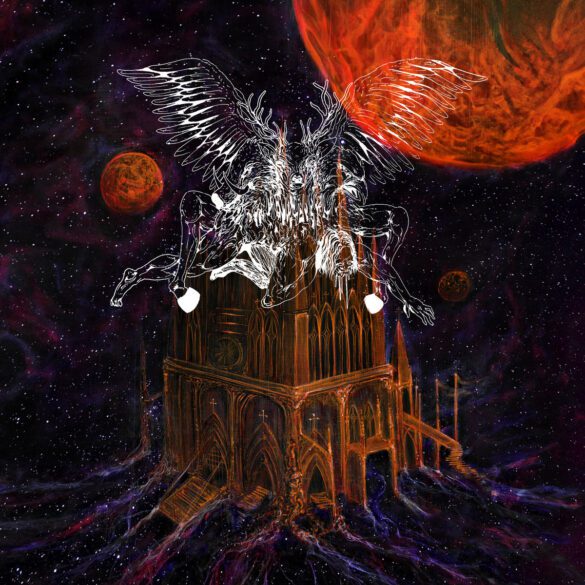
Which release do you think best exemplifies what Kommodus is all about?
This answer would surely have to always be the most recent release because it’s the matured amalgam of everything that’s come before and also strives toward future ambitions with sounds and writings.
To get more granular yet, which song best exemplifies Kommodus? I’m partial, lately at least, to “Human Bulldozer.”
I would agree, or ‘The Mountain of Past Lives’. Any of my songs which affirm perseverance, overcoming, and victory over weakness in the inner self. Themes which have really become more and more focal to Kommodus.
What inspired the song “Human Bulldozer?”
‘Human Bulldozer’ is a song about navigating the callousness that can accrue from trauma, the transformation that can occur and how we protect ourselves and if there becomes a point of no return? And if there’s even a reason to return because the change has been so fundamental. Just rhetorical questions about the journey of growth, overcoming, and reconciling grief and transformation.
What is it about “The Mountain of Past Lives?” How does this song exemplify Kommodus?
‘The Mountain of Past Lives’ is loosely based on an ancient Buddhist allegory. But this song concerns the process of literally climbing a mountain of corpses of our past selves (past lives), in a process of overcoming. In scaling all the past versions of ourselves – good, bad, and ugly, we are forced to confront everything we have experienced, and endured, come to terms with it, reconcile, and thus reach a maturity and enlightenment.
You mention not knowing what you were doing on earlier material. Do you remember a point when you stepped up from that position? Like a eureka moment of sorts?
I’m not sure if there’s ever been a eureka moment, or if even now I really know what I’m doing? I think it’s an albatross. Or maybe it’s Camus’ idea of Sisyphus being happy. The pleasure is in the pursuit and the arrival is irrelevant. Certainly the more I work on Kommodus the more I become comfortable, or familiar, with the processes and all of that, but then you want to avoid becoming too comfortable or cookie-cutter in the approach too right? Lest you fall into self-repetition or lazy art.
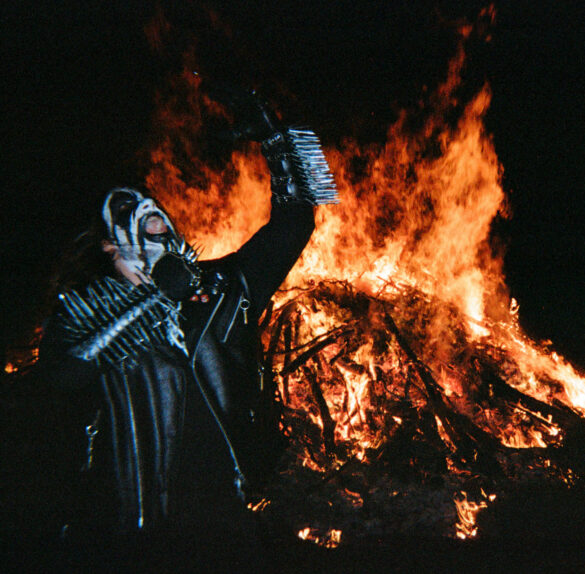
Why is anonymity in regards to this project so important to you?
I think this type of art can be appreciated the best when the human element is removed. It can be certainly be disappointing, and the music lose some of its charm, when we look behind the curtain.
What about your commitment to GoatowaRex? If given the chance, would you ascend to a new label if it was larger?
Well I guess it’s been about honouring a long standing relationship and then of course there’s been various agreements and loose contractual obligations negotiated with the label over the years.
I’ve been approached by other labels of course but none that have been able to offer much different than GoatowaRex, hence another reason why I’ve stayed put.
If a larger label with more resources approached me I would definitely consider it, after fulfilling anything outstanding I may be attached to.
What ambitions do you have left for this project? You’ve released several classic albums already, what’s left? What more do you want to do? Play live? Tour the world?
I have no idea honestly. I’m not sure how, or if, the music would even translate live. I think I would be happy to remain making records when I feel inspired and just continuing to carve out my own little corner of the subculture.
You always have such cool merch. Your designs are unique and you’ve got plenty of them. Who’s behind a lot of your design work? Do you do the majority? Would you be able to tell us a little bit about some of your recent shirts and the ideas that inspired them?
Often I’ll mock up the designs and then have the company like Night Shift Merch, Grim Graphics Co, or Burier who is much more savvy with digital software stuff, put the final files together. That being said, lately I have been enjoying having individuals like Lord Gordith do some visual work for Kommodus. It can occasionally be refreshing to have no hand in things, instead having someone produce related art through their filter and preconceptions independent from my influence. The recent prints have mostly contained the cover arts from the latest string of releases. So in this regard, the inspiration is direct. When looking at the designs I just ask myself, is this something I would wear? It can be difficult however after some years and many releases to keep things unique and fresh.
There is a black and green Motörhead homage available from the GoatowaRex website now that I am particularly fond of.
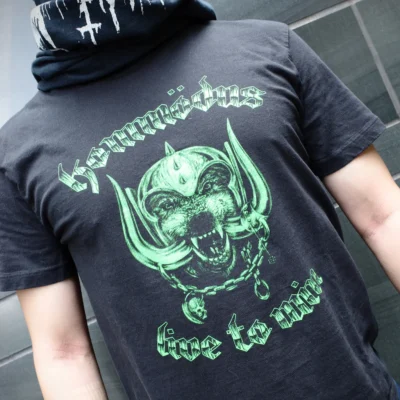
You do a fair number of split releases. What do you like about doing splits?
I think having the smaller parameters to work with. Only having to produce three or four songs and usually regarding these releases as moments to experiment or incorporate different influences and ideas that might not fit the congruency or listening trajectory of a full-length. There is also the opportunity to collaborate with other artists where there is mutual respect, it can be wind in the sails when someone reaches out or is reciprocal to the vice versa.
How has Kommodus changed you personally?
A very difficult question to answer. I think having a creative anchor, something to always return to and channel my evolving thoughts, influences, interests, etc, has been ultimately a good thing. But I’m unsure whether Kommodus has ever been a catalyst for any changes in my life or if it’s just been a vessel to reflect my journey that’s happening in other spheres. As the worlds have always been separate.
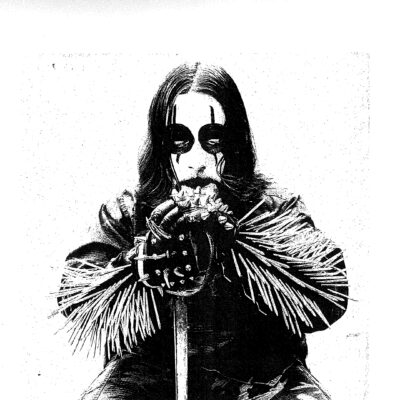
The post Human Bulldozer: A Conversation with Kommodus’ Lepidus Plague appeared first on Decibel Magazine.


